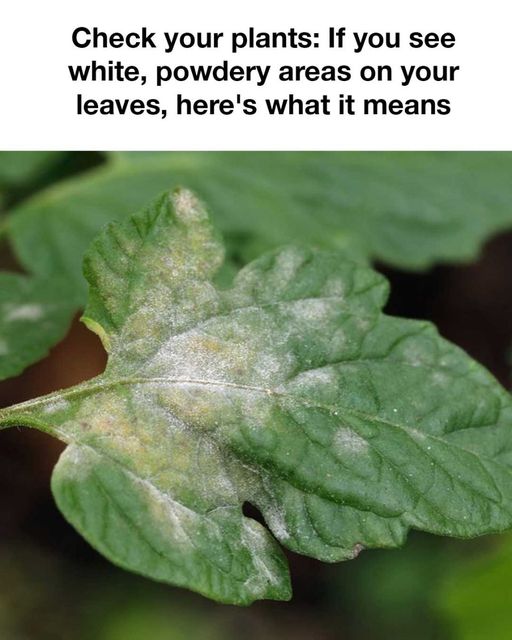The health of your plants is essential not only for their longevity but also for the overall aesthetics of your garden or home. One common issue that plant owners encounter is the appearance of white, powdery areas on leaves, which can be alarming. Understanding what these white spots mean is crucial for the care and maintenance of your plants.
If you are noticing these peculiar white markings, it’s vital to delve deeper to understand their significance. Reading the rest of this article will not only provide you with peace of mind but also with actionable steps to ensure your plants stay healthy and vibrant.
Advertisement
Understanding Powdery Mildew
Powdery mildew is one of the most common causes of white, powdery spots on plant leaves. It is a fungal disease that affects a wide range of plants and can spread quickly if not addressed.
How to Identify Powdery Mildew
There are specific signs to look out for to determine if your plant is suffering from powdery mildew:
1. White or gray powdery spots on leaves, stems, and buds
2. The affected leaves may twist, break, or become disfigured.
3. New growth may appear stunted or deformed.
Causes of Powdery Mildew
Understanding what causes powdery mildew can help in preventing its occurrence:
1. High humidity and poor air circulation around plants.
Continued on next page

